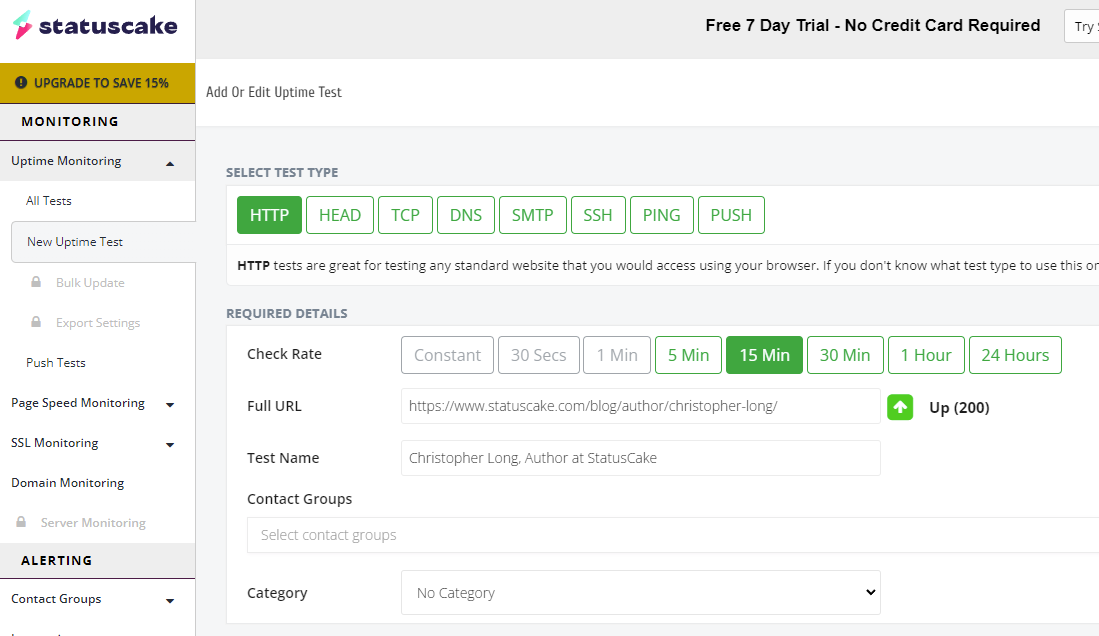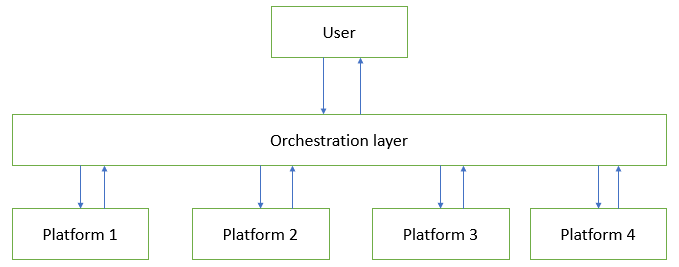[ad_1]
Page speed is one of the most important factors in judging the performance of an individual webpage. This is a performance evaluation that is made not just by the user visiting your website, but by search engines as well.
In recent years, consumers have come to expect virtually instantaneous results from their devices, and of the websites, they visit. Whereas a few years ago, the average user may have been content to wait 4-5 seconds for a webpage to load, now, 47% of consumers expect websites to load in two seconds or less, while 40% will bounce right off a page that takes three seconds or more to load!
This user behaviour has long since been taken into account by Google, which counts page loading time as one of their top factors when determining the ranking of a webpage.
In our latest article, we take a closer look at page speed and examine some of the measures you can take to increase the speed of your web pages.
What is Page Speed?
First off, let’s take a look at what page speed is, and what it isn’t. Page speed is sometimes conflated with website speed. Indeed many webmasters and web developers will simply test the homepage of a website, and take that as an indication of the overall speed of the website. This is a potentially dangerous, and almost certainly erroneous, assumption to make, as the components that define a fast or slow-loading webpage can vary wildly page by page. The actual speed of a webpage is generally defined by one of two factors: the time it takes to fully load the page content; or “time to first byte”, the time it takes the end user’s browser to receive the ‘first byte’ from the webserver.
SEO Impact
As we alluded to in the introduction, page speed is a key ranking signal for Google’s search results and will impact search rankings. The main reason for this is that Google’s mission statement is to provide the optimal experience for everyone who interacts with their search engine. As such, slow-loading web pages are likely to be penalised by the Google algorithm, as well as negatively impacting user experience metrics such as bounce rate and average time on page, which Google also measures to determine the quality of a webpage.
Page speed is particularly important for users on mobile devices, with research showing that mobile users expect pages to load quicker than desktop users. It is crucial that the speed of your mobile site is optimised as far as possible, particularly as Google indexes mobile sites first.
How to Increase Page Speed
We’ve taken a look at some of the key aspects of page speed, now it’s time to dig into the actions you can take to increase the speed of your web pages!
Compression
You will notice a theme throughout these recommendations, that smaller is generally better when it comes to page speed. This is certainly the case with files, and file compression is one of the genuine quick wins when it comes to optimising speed.
To enable file compressing, use Gzip, a piece of software that reduces the size of CSS, HTML, and JavaScript files that are larger than 150 bytes through compression.
Gzip compression is an extremely popular application, and, as such, most browsers support it, making it an easy and effective way to increase your page speed.
Minify CSS JavaScript Files
While Gzip works to compress CSS, HTML, and JavaScript files, there are further actions you can take to optimise your code to reduce page speed. CSS files and JavaScript can contribute significantly to page speed problems, with inefficient and clunky coding resulting in files that can take an age to load correctly. By minifying your code, you effectively streamline your CSS and JavaScript files, reducing potential load issues, and thus optimising the page load time.
There are a couple of ways to minify code, but the most straightforward (if you’re using WordPress), is to simply use a plugin such as WP Minify which will do all the heavy lifting for you.
Leverage Browser Caching
Depending on the nature of your business, it is possible that users will make multiple touchpoints with your website before completing a conversion. If this is the case, it makes sense to enable caching on your website. Browsers are cable of caching lots of information about your website, such as images, stylesheets, and JavaScript files, meaning that they are able to draw on this information to load a particular page faster the next time a user visits the page. When your website has caching enabled, you are able to greatly reduce the page load speeds for visitors returning to your website.
Improve Server Response Time
One of the biggest determinants of the speed of your webpage, and indeed of your website overall, is the speed at which your server is able to load the HTML document of your website. Server response time can also be impacted by other factors such as high traffic volumes, the software used by your server, or the number of HTTP requests; however, the most obvious cause is often simply poor or unreliable web hosting. If performance is sluggish across your website, it may be time to look into choosing a more reliable web hosting provider. If you really want to increase the speed of your webpages, you will want to avoid the cheapest options on the market, and instead, consider upgrading to a VPS or dedicated (rather than shared) server.
Use a Content Distribution Network
Content Distribution Networks, or Content Delivery Networks (CDNs) such as Cloudflare, are a great page speed optimization tool. They work by hosting your files across a network of servers across the globe and by delivering web content to people around the world based on their proximity to each server in the network. With bandwidth spread across numerous servers across the globe, it helps to reduce the strain on any single server, ultimately helping to load webpages for your visitors faster and more efficiently.
Disable Redundant Plugins
If you are using WordPress, a quick way to optimise the speed of your web pages is to disable any plugins which are no longer in use. Redundant plugins are often a major cause of slow loading pages on WordPress sites, a problem that can be easily fixed by a quick audit of the plugins you have installed. If you see any plugins that are no longer in use, delete them!
Optimize images
Finally, you will want to ensure that your images are not too big, as larger images mean larger file sizes, and we already know that large file sizes lead to slow-loading websites! Again, this is a relatively quick fix that can lead to a significant uptick in page speed, without compromising on the quality of your images. Squarespace recommends using image files no larger than 500 KB for the best results. If you needed convincing any further that you need to avoid large image files on your web pages, Google recently released a free image compression tool, Squoosh, to help users quickly optimise their image sizes, leading to faster loading web pages for everyone.
[ad_2]
Source link



